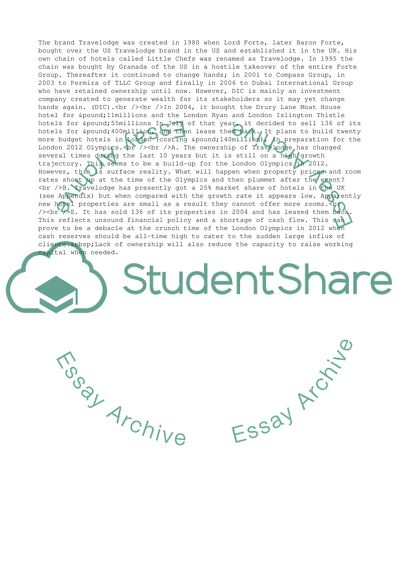Cite this document
(Change Management: Travelodge Hotels Case Study, n.d.)
Change Management: Travelodge Hotels Case Study. https://studentshare.org/management/1708996-managing-change-assignment
Change Management: Travelodge Hotels Case Study. https://studentshare.org/management/1708996-managing-change-assignment
(Change Management: Travelodge Hotels Case Study)
Change Management: Travelodge Hotels Case Study. https://studentshare.org/management/1708996-managing-change-assignment.
Change Management: Travelodge Hotels Case Study. https://studentshare.org/management/1708996-managing-change-assignment.
“Change Management: Travelodge Hotels Case Study”. https://studentshare.org/management/1708996-managing-change-assignment.


